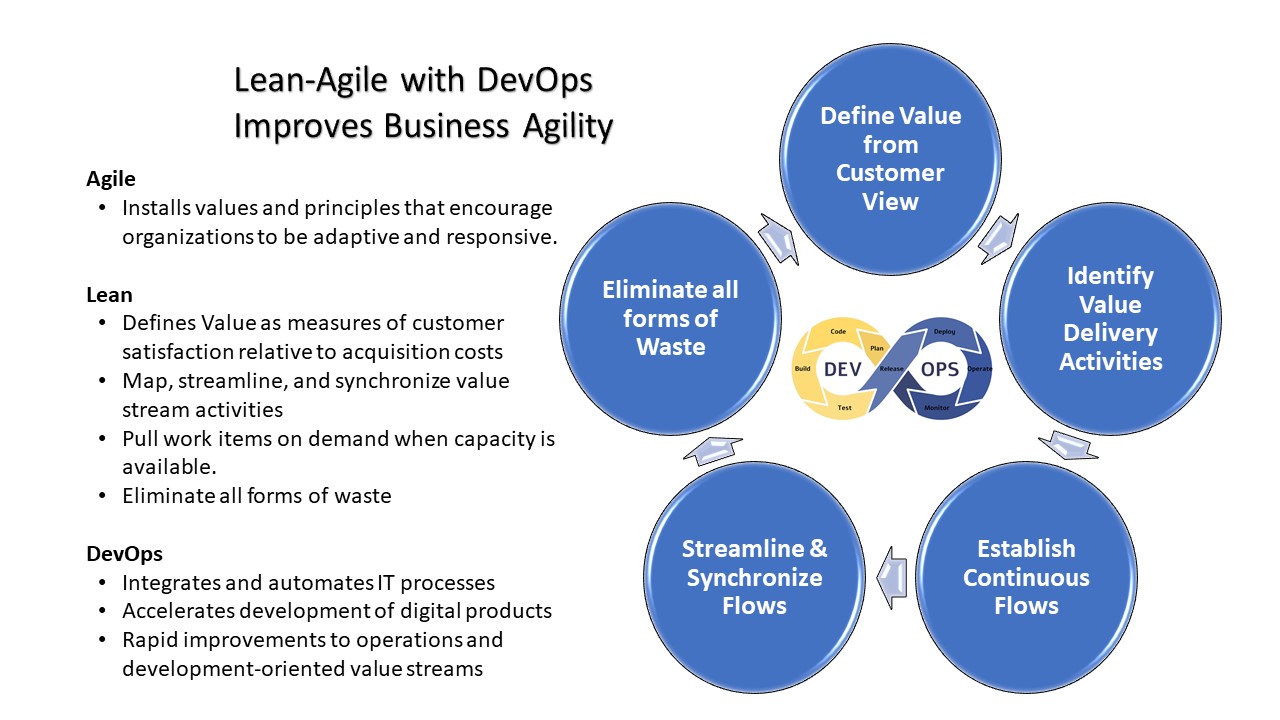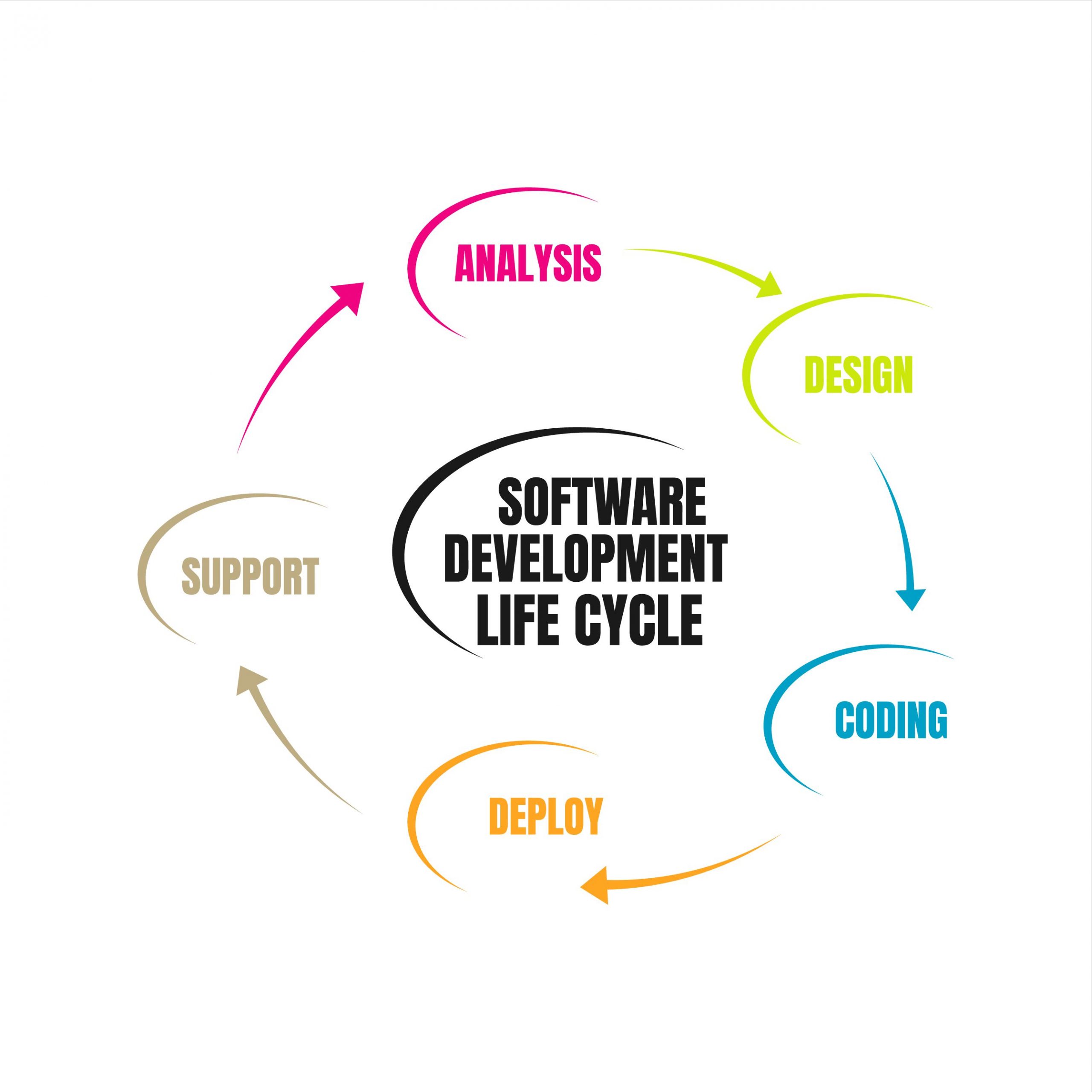
Building our Digital World
Building our digital world is a series of books, articles, and blogs that discuss how modern computing systems, the Internet, and underlying software that powers it all, have transformed our world. This series is for people who want to learn about the underlying capabilities that enable our digital world and why they matter.
This blog is my first post on my website, and I hope to write many more. As part of my professional career, I write books and technical proposals related to software engineering, Scrum, and Lean-Agile practices. I have a specific professional interest in the methods and tools for software development that enable our digital world, and my writings reflect that bias. Ultimately, the goal of my writing is to help take the mystery out of IT for those who may not be familiar with emergent software engineering and agile software development practices.
We live in a digital world where computers and software both improve and differentiate even the most common products. Moreover, the Internet gives us instant access to a world of knowledge. As a result, the construction of our Digital World is the focus of my interests and my writing. For me, anyway, it’s fun to learn how these things work.
Word salads are not very satisfying!
So, given that my professional background spans the disciplines of software engineering, solutions delivery, and Lean-Agile practices, I’ll bet you are wondering what I mean by this statement – “word salads are not very satisfying.” The short answer is, putting together a bunch of words, and worse – a series of disjointed acronyms, doesn’t mean a thought was adequately or factually communicated.
The term Word Salad originally referred to a disordered speech pattern of the mentally ill. However, in a modern context, the term implies a collection of words that don’t make a lot of sense as applied.
As with many professional disciplines, the IT industry is known for its alphabet soup of terms and acronyms. Moreover, since today’s technologies quickly become the foundations for tomorrow’s legacy systems, the terms and acronyms tend to collect and hang around like dust on a bookshelf.
Now, the terms and acronyms IT folks use in their communications may be entirely correct and logical. But if your target audience doesn’t know what those terms and acronyms mean, the intended communications are lost. It’s hard to build a digital world if we can’t communicate! To use the fancy term for this, we need a common semantics to understand what we mean when speaking.
Unfortunately, there is not always universal agreement on terms and concepts in the IT industry. Therefore, readers and writers alike need to exercise caution on statements pitched as true. The person next to you might disagree.
I don’t write for Dummies!
There are a lot of “Dummies” books, and I have nothing against them. I own more than a few. Readers of such books expect the covered subjects will be explained simply for the novice. Still, I think all authors should strive to make complex subjects simple in their books and blogs, whether their intended readers are experts or novices.
Therefore, I want my readers to understand that I don’t write books for Dummies. Instead, I’m assuming you are a bright person who likes to stay informed. My goal is to help my readers understand how new technologies and Lean-Agile practices improve their lives and their businesses as part of our digital world.
If you join me on this journey, I will do my best to introduce the methods, terms, and acronyms as plain English descriptions. The terms and acronyms have no meaning if I can’t convey the underlying concepts and why they matter. Along the way, I’ll discuss the many issues that face modern development teams, IT organizations, and their customers.
Knowledge is a journey, not a destination
I don’t want to suggest that I know all there is to learn about IT, or about creating digital worlds – far from it. The software, computing, and information technology industries continuously evolve, and we must keep learning to remain in the game.
Writing on topics allows me to explore new subjects in more detail, often just for my interest. I also like to learn new things from others, so feel free to respond to my posts with your experienced-based insights. In the spirit of agile-based practices, I ask that people keep things safe and respectful on this website. We are all in this learning journey together, and there is no final destination.
As a general rule, in my blogs, I will pose a question, state a position, but then invite others to join in to state their views and opinions. I believe we will all learn something new from the process.
If you have made it this far, thanks for taking the time to read this blog.
Best regards,
– Gary





